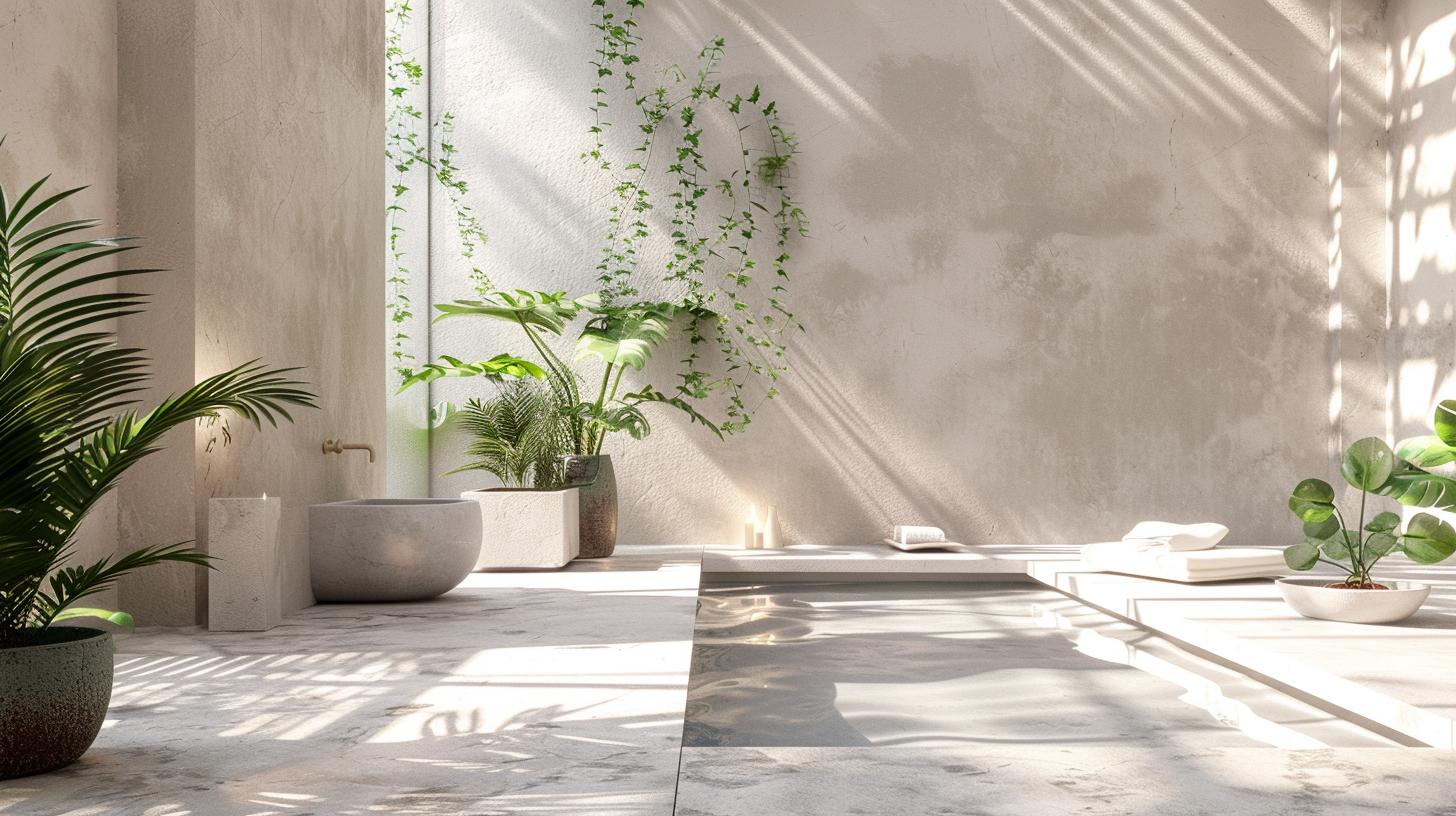Mindfulness Interior Concepts: Transform Your Home in 2025
In our fast-paced world, creating mindfulness interior concepts isn’t just a design trend—it’s a necessity for mental well-being. Imagine walking into a space that immediately calms your senses and helps you breathe easier. That’s the power of intentional design!
Modern families and professionals are increasingly seeking environments that support emotional balance and reduce stress. Our homes should be more than just physical structures—they’re sanctuaries that nurture our mental health and reflect our inner peace.
Understanding Mindful Interior Design Principles
Mindful interior design goes beyond aesthetic appeal. It’s about creating spaces that engage all your senses and promote emotional restoration. Key principles include:
- Prioritizing natural light
- Using calming color palettes
- Incorporating organic textures
- Minimizing visual clutter
Research shows that our environment directly impacts our psychological state. By intentionally designing our living spaces, we can significantly improve our mood, productivity, and overall well-being.

Practical Strategies for Mindful Home Spaces
Implementing mindfulness interior concepts doesn’t require a complete home renovation. Small, strategic changes can transform your environment. Consider these actionable tips:
- Create dedicated meditation or relaxation corners
- Use natural materials like wood and stone
- Integrate indoor plants for air purification
- Choose furniture with clean, simple lines
Technology and Mindful Design
In 2025, smart home technology is increasingly aligning with mindfulness principles. Voice-activated lighting that mimics natural circadian rhythms, air quality monitors, and wellness-focused design apps are making it easier than ever to create harmonious living spaces.
Conclusion: Your Mindful Design Journey
Transforming your home into a mindful sanctuary is a personal and evolving process. Start small, listen to your intuition, and create a space that genuinely supports your lifestyle and emotional well-being.




